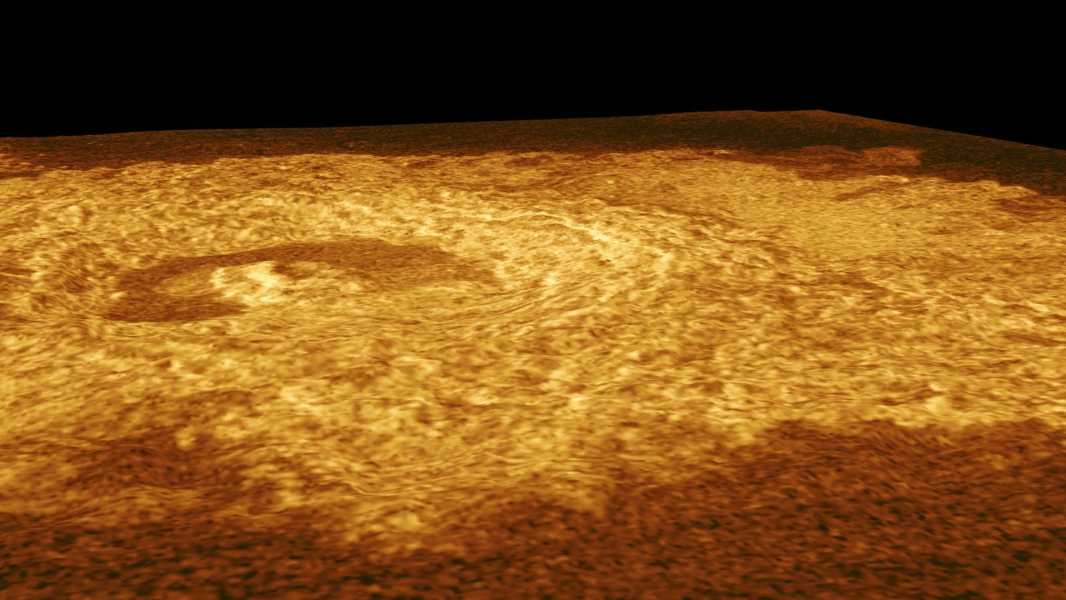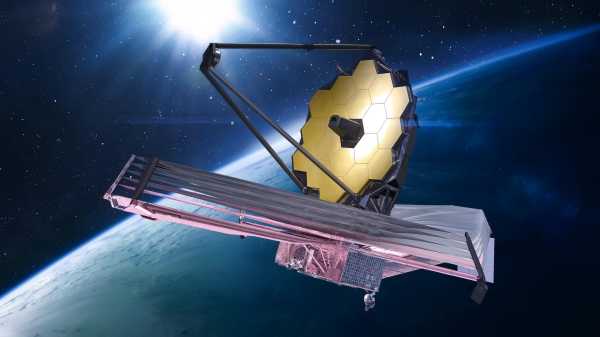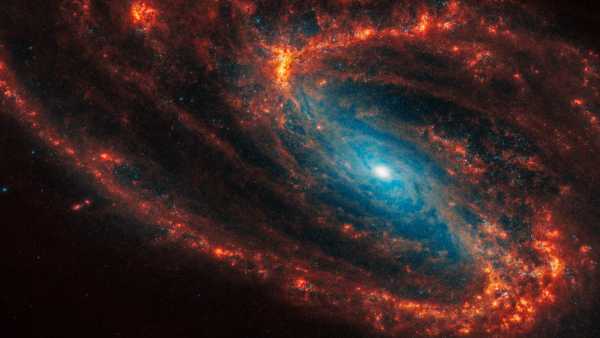
An image of Venus taken by NASA's Magellan spacecraft in 1996. A new analysis of data collected by Magellan has revealed a startling hint that Venus may be more “active” than previously thought. (Image credit: NASA/JPL)
Researchers have found new evidence that Venus is not geologically dead. Venus and Earth are similar in size and have been exposed to comparable amounts of water for billions of years. This common origin has long raised one of the biggest questions in planetary science: Why did Venus become a hellish, uninhabitable world while Earth thrived and became a cradle of life?
Now, more than three decades after NASA's Magellan spacecraft mapped the surface of Venus, scientists have found evidence of hot materials rising from the planet's depths, indicating that its crust is continuing to form from within.
The findings, published May 14 in the journal Science Advances, add to a growing body of evidence that despite its lack of plate tectonics, Venus may have more in common with Earth's internal dynamics than scientists previously thought.
You may like
Sourse: www.livescience.com





